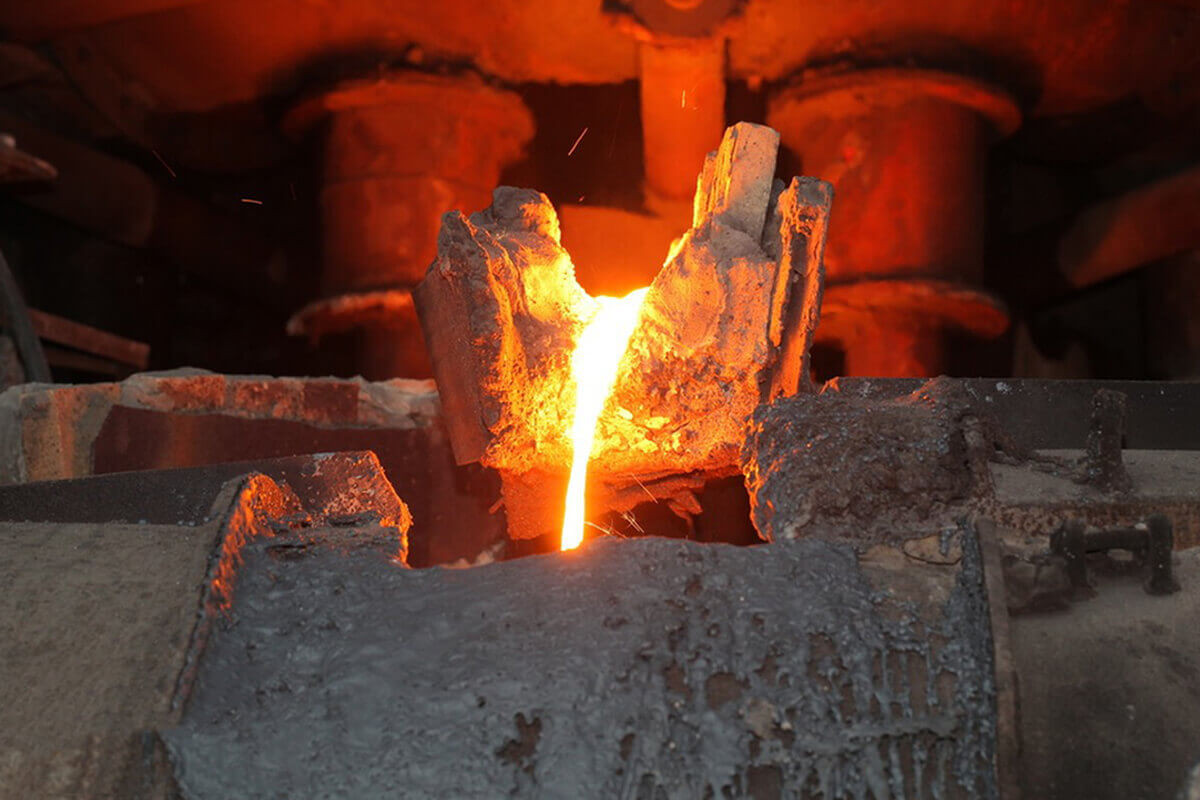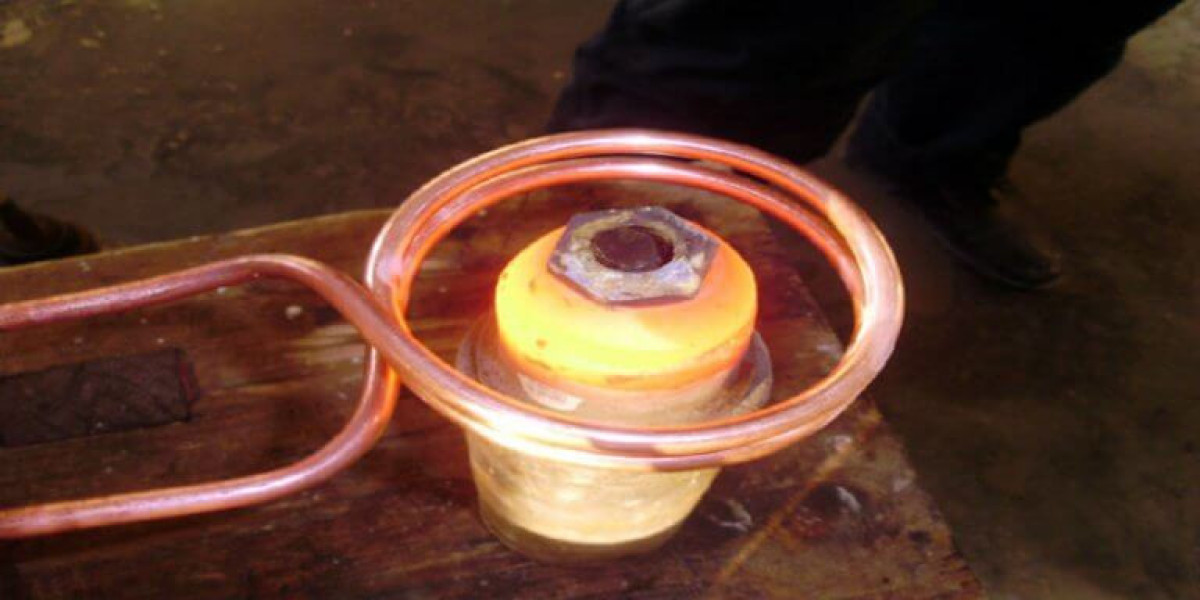Induction welding is an innovative process that uses electromagnetic induction to generate heat and join two or more materials together. Induction welding offers many advantages over traditional welding methods, including faster production times, higher weld quality and greater efficiency. In this blog post, we explore the benefits of induction welding and how it can benefit various industries.
What is induction welding?
Induction welding is an efficient and precise method of joining metals together using electromagnetic induction. It is commonly used in a variety of industries, including precious metals melting , aerospace and induction casting equipment, for its ability to produce strong and durable welds.
The induction welding process involves the use of induction coils that generate high-frequency alternating current (AC). When an electric current passes through a metal workpiece, a magnetic field is generated, which in turn induces a current in the workpiece. The electric current generates heat, bringing the metal to its melting point and forming a molten pool. Once the desired temperature is reached, pressure is applied to join the two metal pieces together, forming a strong and permanent bond.
Induction welding differs from other welding methods in its ability to heat only the localized area of the weld, minimizing the heat-affected zone and reducing distortion and damage to surrounding materials. In addition, the induction welding process is fast and efficient, making it ideal for high-volume production.
Induction welding offers several advantages over traditional welding techniques. It eliminates the need for consumable electrodes or filler material, reducing material costs and minimizing post-weld cleaning. Precise control of heat input during induction welding results in consistent and repeatable weld quality, ensuring high weld integrity and reducing the chance of defects.

The benefits of induction welding
Induction welding has several advantages, it can effectively provide high-quality welds, which can help increase productivity and save costs. Making it an attractive option for various industries.
Enhance efficiency and productivity
One of the main advantages of induction welding is the ability to achieve rapid heating and cooling cycles, which reduces production time and increases productivity. Unlike other welding processes that require preheating and post-weld cooling, induction welding heats the desired area quickly and precisely, minimizing wait times and maximizing operational efficiency.
Additionally, induction welding offers superior control and precision, ensuring consistent and high-quality welds. The heat generated by the induction process can be precisely controlled and targeted, preventing overheating and deformation of the surrounding area. As a result, the integrity and strength of the weld is significantly improved, resulting in improved product performance and reliability.
Another advantage of induction welding is its versatility and adaptability to various materials and applications. Whether joining metal parts, plastic parts, or even composite materials, induction welding provides a strong and durable bond. This makes it suitable for a wide range of industries including automotive, aerospace, electronics and construction.
In addition to efficiency and versatility, induction welding can save costs in the long run. Precise control and localized heating minimizes material waste and reduces the need for post-weld treatments. Additionally, the high-quality welds produced by induction welding reduce defects and failures, reducing costs associated with rework and warranty claims.

Environmentally friendly
This advanced welding technique uses electromagnetic fields to heat and join materials together without traditional gas or flame welding methods. Therefore, induction welding is considered environmentally friendly for a number of reasons.
First, induction welding produces little to no harmful emissions. Unlike flame welding, which relies on the combustion of fossil fuels, induction welding uses an electric current to generate heat. This means that no toxic fumes or harmful pollutants are released into the atmosphere during the welding process. This is especially important for industries where air quality and pollution control are critical.
Second, induction welding reduces energy consumption and waste. The electromagnetic induction used in this process heats only the surfaces that need to be welded, resulting in highly localized heating. This targeted heating reduces overall energy consumption compared to traditional welding methods, which typically require heating a larger area. Additionally, induction welding produces minimal waste due to its precise and controlled nature, further reducing its environmental impact.
Finally, induction welding can contribute to sustainability by promoting the use of recycled materials. Because this welding technique can effectively join various types of materials, including plastics, composites and metals, it opens up opportunities to use recycled or recyclable materials in the manufacturing process. By adopting induction welding, companies can support circular economy principles and reduce reliance on virgin materials, resulting in a more sustainable business model.
Conclusion
Induction welding brings numerous benefits to various industries. Its ability to provide a clean, efficient and precise welding process makes it the first choice of many manufacturers. From increased production speeds to improved weld quality and reduced material distortion, the advantages of induction welding are undeniable. By adopting this advanced technology, businesses can enhance their manufacturing processes and achieve higher levels of productivity and profitability.



